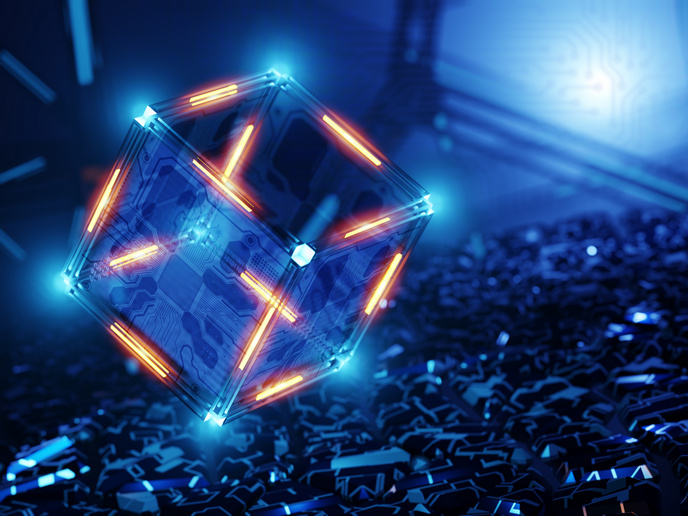Qubit versus bit for quantum computing
The ever-increasing need for processing power and computer capacity has brought new developments in computer society. Quantum computing has been considered as a key breakthrough development in the computing era. Similar to classical computers whose basic unit of information is the bit, a quantum computer has a memory made from a sequence of quantum bits (qubits). Unlike bits that can hold binary values being either a one or a zero, qubits are capable of holding more values, that is one, zero, or a superposition of these, allowing for an infinite number of states. A quantum computer operates by manipulating those qubits with quantum logical gates. Exploiting advanced nanotechnology (scalable solid-state low-temperature Josephson junction), the SQUBIT project focused on the fabrication of systems of quantum logic gates. This undertaking involved the development of Josephson junction (charge and flux state) qubits, single-electron and SQUID technologies in order to achieve initiation, processing and read-out of information. An important part of project work was the development of flux qubits, or persistent current qubits. These are quantum mechanical circuits of the order of micro-metre involving loops of superconducting metal, where Josephson junctions break in. The Josephson junction arrangement allows and inhibits current flow between the two superconductors through the very thin insulating barrier according to conditions. The flux qubit offers a continuous persistent current flow under the application of an external flux, which depends on the engineered junction parameters during fabrication. With the aid of coherent quantum dynamics the fabrication of this superconducting qubit is expected to form the basis for a large scalable quantum computer. For further information click at: http://fy.chalmers.se/~wendin/SQUBIT/(opens in new window)







